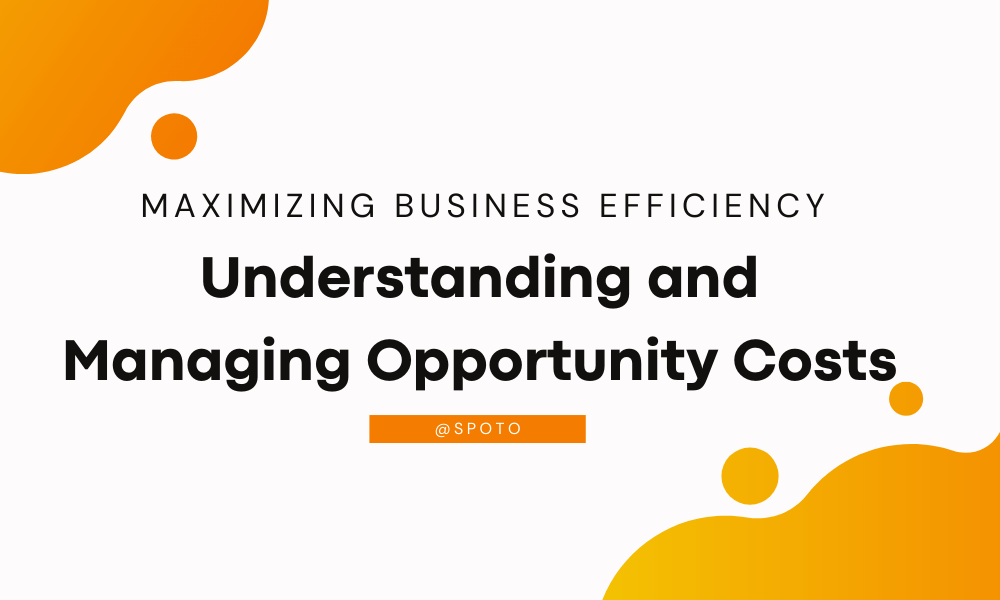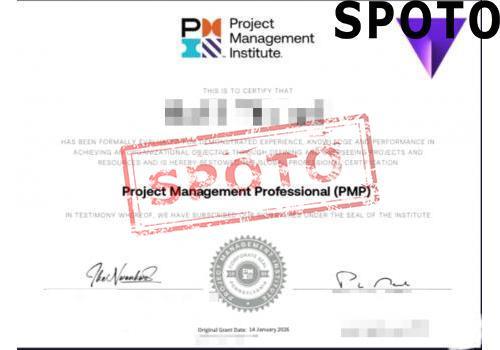
Table of Contents
- Introduction to Opportunity Costs
- Understanding the Concept of Opportunity Costs
- Conclusion: Leveraging Opportunity Costs for Business Success
- 3. Identifying Opportunity Costs in Business Management
- Strategies for Managing Opportunity Costs
- 5. Case Studies of Successful Opportunity Cost Management
- 6. Conclusion: Leveraging Opportunity Costs for Business Success
Introduction to Opportunity Costs
At the heart of every business decision lies the concept of opportunity cost, a cornerstone in economics that illuminates the intricate dance between scarcity and choice. This principle asserts that selecting one path invariably leads to forgoing others, each with its own potential benefits. In the realm of business, understanding and managing these unseen costs is paramount, as it directly influences strategic direction and resource allocation, thereby shaping the enterprise's future trajectory.
Understanding the Concept of Opportunity Costs
Through illustrative examples, we delve into how opportunity costs permeate every facet of business operations, from project selection to capital investment. It's a narrative that underscores the significance of these costs in steering businesses towards optimal efficiency and strategic growth.
Identifying Opportunity Costs in Business Management
Exploring various industries, we uncover the practical applications of opportunity cost analysis, showcasing tools and methodologies that aid in its assessment. This section serves as a guide for businesses intent on weaving this concept into their strategic fabric, ensuring decisions are informed and impactful.
Strategies for Managing Opportunity Costs
- Resource Allocation: Strategies are outlined for judiciously allocating resources to minimize opportunity costs, thus maximizing potential returns.
- Risk Assessment and Mitigation: Insights into how businesses can shield themselves from potential pitfalls by accurately gauging and mitigating risks associated with opportunity costs.
Case Studies of Successful Opportunity Cost Management
Real-world examples bring to life the abstract concept of opportunity cost, offering a lens through which businesses can envisage the tangible benefits of adept management. These narratives highlight key strategies and decisions that propelled businesses to new heights by optimizing their efficiency.
Conclusion: Leveraging Opportunity Costs for Business Success
In wrapping up, we revisit the essence of opportunity cost management and its pivotal role in steering businesses towards success. Looking forward, the article casts a vision for its evolving role in the dynamic landscape of business strategy and decision-making.
3. Identifying Opportunity Costs in Business Management
In the labyrinth of business management, the identification and analysis of opportunity costs stand as pivotal tasks. They offer a prism through which decision-makers can view the potential outcomes of their choices, particularly in terms of foregone benefits. This section delves into the diverse practical applications of this concept across various industries, alongside a discussion on the innovative tools and methods employed for dissecting opportunity costs.
Practical Applications in Different Industries
Opportunity cost analysis manifests uniquely across industries, serving as a crucial decision-making tool. In the technology sector, for example, firms often weigh the benefits of investing in research and development against immediate product enhancements. The healthcare industry, on the other hand, might evaluate the cost of investing in new medical equipment versus enhancing patient care services. Similarly, in education, institutions consider the trade-off between expanding physical infrastructure and investing in digital learning platforms.
Tools and Methods for Analyzing Opportunity Costs
The arsenal for evaluating opportunity costs includes a variety of analytical tools and methodologies. One of the most prevalent is cost-benefit analysis (CBA), which assesses the relative advantages and disadvantages of different business decisions. Another sophisticated approach is the use of decision trees, which help in visualizing the outcomes of various action paths and the opportunity costs associated with each. Additionally, software solutions and financial modeling have become indispensable, providing dynamic simulations of how different allocations of resources can impact a company's financial future.
Amidst this complexity, businesses often employ metrics such as Return on Investment (ROI) and Net Present Value (NPV) to quantify the opportunity costs of their decisions. These methodologies not only offer a glimpse into the potential financial outcomes but also embed a layer of strategic foresight into the decision-making process.
In essence, the identification and management of opportunity costs necessitate a blend of strategic insight and analytical rigor. By deploying a diverse set of tools and methodologies, businesses can navigate the intricate web of choices they face, ensuring that their resource allocation strategies are optimized for future success.
Strategies for Managing Opportunity Costs
In the quest to maximize business efficiency, understanding and strategically managing opportunity costs is crucial. This section delves into the methodologies businesses can adopt to effectively allocate resources and mitigate risks, thereby optimizing the trade-offs inherent in every decision-making process.
Allocation of Resources
Resource allocation plays a pivotal role in managing opportunity costs. It necessitates a deliberate and informed approach to deploying assets, be it time, money, or manpower, in avenues that promise the highest returns. Diversification, a strategy often heralded in investment circles, also finds its relevance here, enabling businesses to spread resources across multiple ventures to buffer against potential losses. Furthermore, employing predictive analytics allows organizations to forecast future trends and allocate resources more judiciously, enhancing their ability to seize lucrative opportunities while sidestepping less promising endeavors.
Risk Assessment and Mitigation
Risk assessment and mitigation are integral to managing opportunity costs effectively. It begins with a thorough analysis of potential threats and their implications on business operations. This process involves evaluating the likelihood of various scenarios and their potential impact, enabling businesses to prepare contingency plans. Techniques such as scenario analysis, sensitivity analysis, and the use of decision trees can provide invaluable insights, guiding firms in making informed choices that balance potential rewards against risks. By anticipating possible outcomes and preparing accordingly, businesses can navigate the complexities of opportunity costs more adeptly, ensuring that resources are not just safeguarded but also optimally utilized.
- Strategic Resource Allocation: Emphasizes the importance of investing resources in projects with the highest potential return on investment.
- Diversification: Suggests spreading resources to mitigate risk associated with opportunity costs.
- Predictive Analytics: Utilizes data-driven insights to forecast and navigate future business landscapes effectively.
- Scenario Analysis: Assists in understanding the implications of different decision pathways.
- Sensitivity Analysis: Evaluates how changes in key assumptions impact outcomes, aiding in robust decision-making.
- Decision Trees: Offers a structured visual approach to decision making, highlighting various outcomes based on different choices.
In conclusion, the strategic management of opportunity costs involves a balanced approach to resource allocation and risk management. By employing a mix of analytical tools and foresight, businesses can navigate the intricate landscape of decision making with greater confidence, ensuring that every choice made is a step towards optimizing efficiency and achieving long-term success.
5. Case Studies of Successful Opportunity Cost Management
As a crucial strategic tool in businesses, understanding and efficiently managing opportunity costs can lead to remarkable efficiency and success. Let's delve into some real-world examples where businesses nailed their opportunity cost management.
Amazon: An iconic exemplifier of opportunity cost management is the e-commerce giant, Amazon. Opting to reinvest its profit into growth and expansion rather than sticking to short-term profits, Amazon embraced the opportunity cost of immediate profitability for long-term market dominance. This unconventional financial strategy known as 'long-termism' ultimately paved the way for Amazon's breakthrough in numerous sectors from retail to cloud computing.
Apple: Apple, the tech behemoth, showcases another compelling aspect of opportunity cost management. Opting to produce fewer but high-quality, premium-priced products, Apple decided against the mass-production model adopted by several competitors. This focus on tailored premium experiences resulted in a highly loyal customer base, leading to consistent revenue and growth.
Key takeaways from these case studies
- First, Both Amazon and Apple's examples reiterate the importance of visionary leadership in understanding and managing opportunity costs. Leaders must be willing to forgo short-term gains for long-term benefits, a principle often overlooked in many businesses.
- Second, these cases underscore the need for strategic decision-making in business. One must discern the long-term impacts of the choices made today and how they will shape the business's future. An appropriate understanding of opportunity costs aids in such crucial decision-making processes.
- Lastly, regular reassessment of decisions is vital in managing opportunity costs. As the market dynamics shift, the decisions made up front may no longer be the best. Amazon's continuous reinvestment strategy and Apple's unwavering focus on quality echo this sentiment.
To sum up, managing opportunity costs successfully requires visionary leadership, solid strategic initiative, and continuous reassessment. Businesses like Amazon and Apple stand as testimonies to this mantra of efficient opportunity cost management.
6. Conclusion: Leveraging Opportunity Costs for Business Success
In the preceding sections, we have journeyed through the nuanced landscape of opportunity costs, from its foundational theory to practical applications within the ambit of business management. At its core, opportunity costs serve as a lighthouse, guiding business entities in navigating the tumultuous seas of decision-making by illuminating the paths not taken and their associated values.
The discourse unveiled that recognizing and judiciously managing opportunity costs can significantly enhance organizational efficiency and strategic foresight. Through real-world illustrations, we observed that enterprises which adeptly maneuver these unseen costs, allocating resources and adjusting risks accordingly, tend to thrive in their respective domains.
Looking ahead, the realm of opportunity cost management is poised for further evolution. As businesses increasingly operate in an interconnected global ecosystem, the complexity of decisions escalates. This landscape will demand more sophisticated analytical tools and methodologies, integrating cutting-edge technologies like AI and big data analytics, to dissect and understand the multifaceted nature of opportunity costs.
In conclusion, the acumen to harness opportunity costs into strategic advantage is becoming an indispensable skill in the arsenal of modern business management. Those who excel in this art will not only avert potential pitfalls but will also navigate their ventures to the zenith of efficiency and success.










